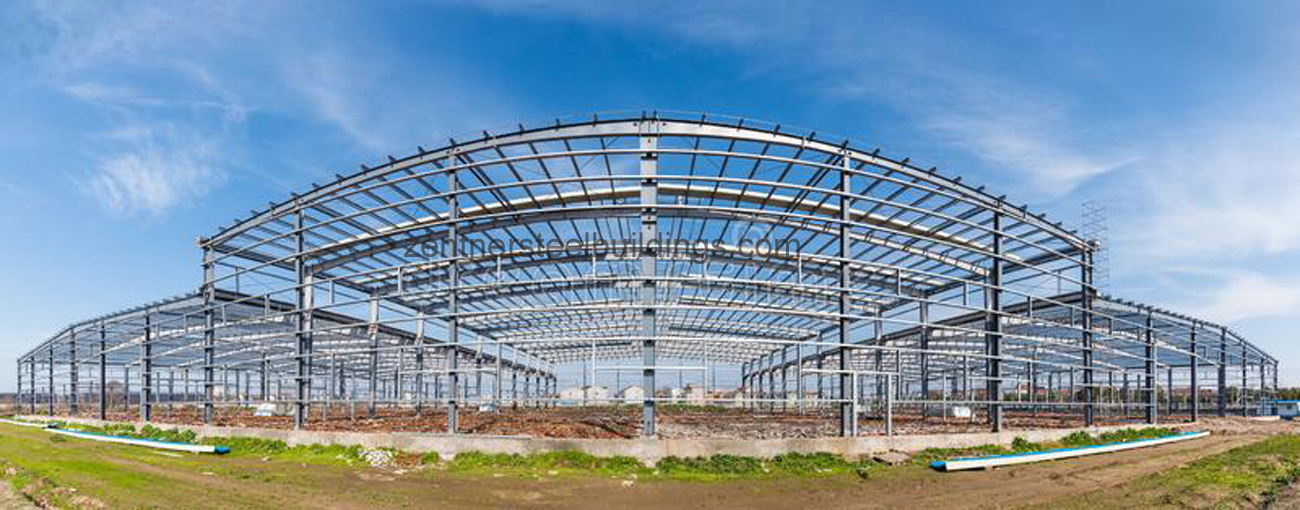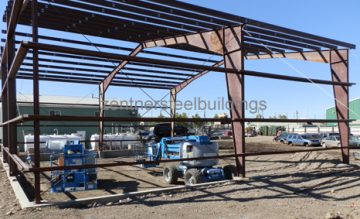Introduction
Vancouver, nestled on the west coast of Canada, is renowned for its stunning natural landscapes, diverse culture, and thriving economy. Among its many attractions are the impressive vancouver commercial buildings that adorn its skyline, reflecting the city's blend of modernity and historical charm. In this blog, we'll delve into the world of Vancouver's commercial architecture, exploring the iconic structures that shape the city's business landscape.

A Tapestry of Architectural Styles
Vancouver's commercial buildings showcase a rich tapestry of architectural styles, reflecting the city's evolving history and multicultural influences. From sleek glass towers to heritage buildings, each structure tells a unique story of design innovation and urban development.
One standout example is the iconic Harbour Centre, a towering landmark that dominates the downtown skyline. Designed by architect W. K. Noppe in the 1970s, this distinctive structure features a revolving restaurant and an observation deck offering panoramic views of the city and surrounding mountains.
Another architectural gem is the Marine Building, a stunning Art Deco masterpiece located in the heart of Vancouver's financial district. Built in 1930, this heritage skyscraper boasts intricate detailing, including elaborate terra cotta ornaments and maritime-themed motifs, evoking the city's maritime heritage.
In recent years, Vancouver has also seen the emergence of cutting-edge sustainable buildings, reflecting the city's commitment to environmental stewardship. The MNP Tower, for instance, is a LEED Platinum-certified office building that integrates energy-efficient design principles, such as natural ventilation and solar shading, to minimize its environmental footprint.

The Intersection of Business and Design:
Beyond their architectural significance, Vancouver's commercial buildings play a vital role in shaping the city's business landscape. These structures serve as hubs of commerce, housing corporate headquarters, financial institutions, and innovative startups alike.
The Bentall Centre, comprising four interconnected towers, stands as a testament to Vancouver's status as a regional business hub. Home to major corporations and professional services firms, this complex fosters collaboration and networking among industry leaders, driving economic growth and innovation.
Moreover, Vancouver's commercial buildings serve as incubators for creativity and entrepreneurship, providing flexible office spaces and co-working environments for burgeoning startups and small businesses. The Yaletown district, with its converted heritage warehouses and modern loft-style offices, exemplifies this trend, attracting a vibrant community of tech startups, design studios, and creative agencies.
The Role of Urban Planning:
The design and development of Vancouver's commercial buildings are deeply intertwined with urban planning initiatives aimed at creating livable, sustainable communities. The city's renowned "Vancouverism" urban planning philosophy prioritizes density, walkability, and public transit, influencing the layout and design of commercial developments.
The Coal Harbour waterfront precinct, for instance, showcases a blend of residential towers, retail spaces, and public amenities, fostering a vibrant mixed-use environment. This pedestrian-friendly neighborhood encourages active transportation and social interaction, enhancing the quality of life for residents and visitors alike.
Moreover, initiatives such as the Greenest City Action Plan underscore Vancouver's commitment to sustainability, driving the adoption of green building practices and renewable energy technologies in commercial construction. From green roofs to rainwater harvesting systems, these initiatives are reshaping the built environment and mitigating the city's ecological impact.
Challenges and Opportunities:
Despite its many strengths, Vancouver's commercial real estate sector faces challenges such as affordability constraints, land scarcity, and regulatory complexities. The soaring demand for office space, coupled with limited supply, has led to escalating rents and affordability concerns for small businesses and startups.
Moreover, the COVID-19 pandemic has brought about unprecedented disruptions to the commercial real estate market, with remote work trends and shifting consumer preferences reshaping the demand for office space. As businesses adapt to hybrid work models and digital transformation, the role of commercial buildings in supporting collaboration and innovation is being redefined.
However, amidst these challenges lie opportunities for innovation and reinvention. Vancouver's commercial developers are exploring new concepts such as flexible workspaces, wellness-focused environments, and mixed-use developments that integrate office, retail, and residential components. By embracing adaptability and sustainability, the city's commercial buildings can continue to evolve as dynamic spaces that foster economic vitality and community well-being.
Conclusion
Vancouver's commercial buildings stand as architectural marvels and economic engines, shaping the city's identity and fostering business innovation. From historic landmarks to cutting-edge skyscrapers, these structures embody the spirit of creativity, collaboration, and sustainability that defines Vancouver's vibrant urban landscape. As the city continues to grow and evolve, the fusion of architecture and business will remain at the heart of its dynamic and diverse commercial ecosystem.





